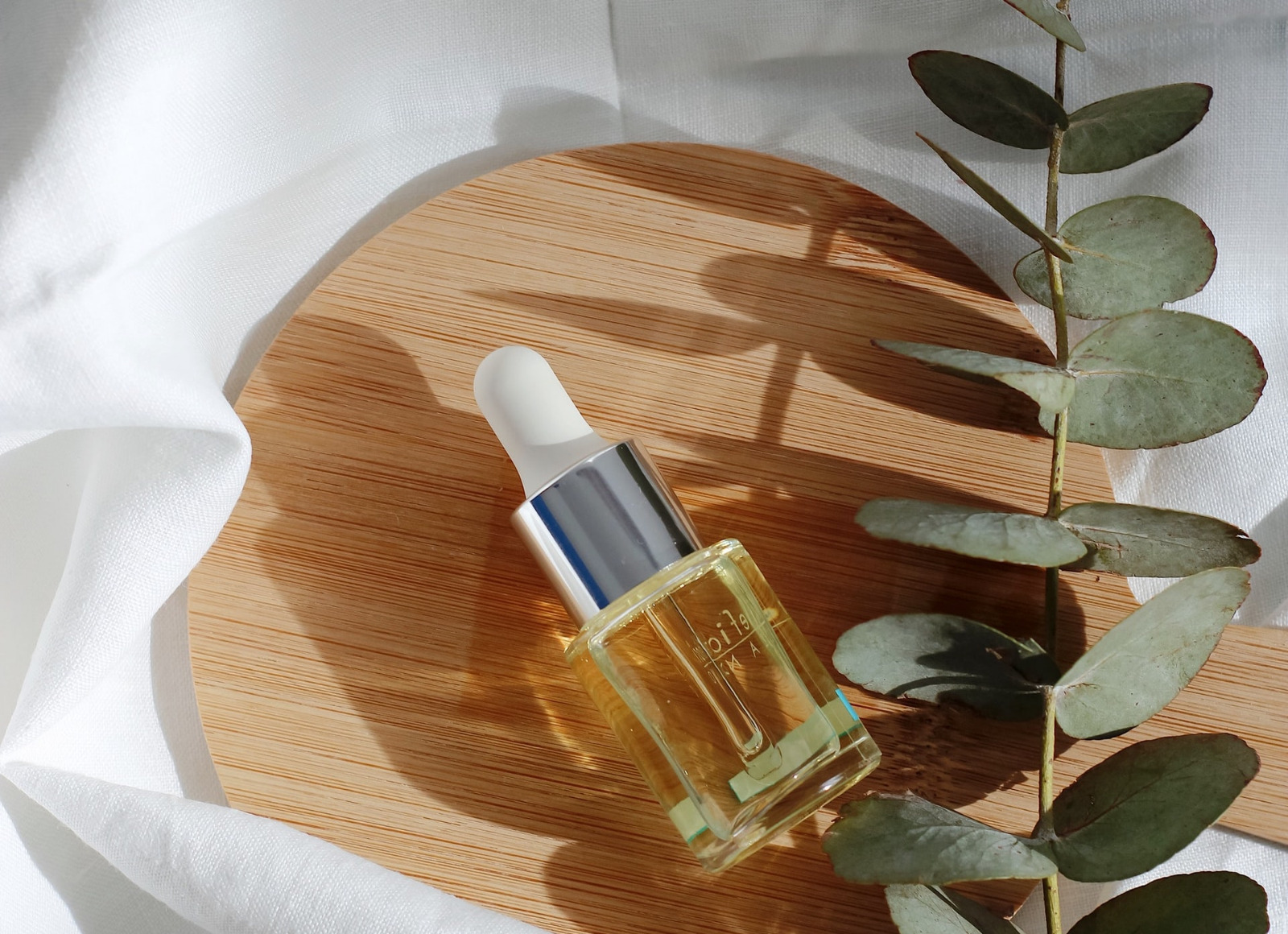BUTYLPHENYL METHYLPROPIONAL
Butylphenyl Methylpropional, commonly known as Lilial (main trade name) or p-BMHCA, is an aromatic aldehyde, a synthetic fragrance ingredient that has been used for years in different types of cosmetics and personal care products. Butylphenyl Methylpropional is also used in several non-cosmetic products, like household cleaners and detergents.
Opinions issued by the European Commission’s Scientific Committee on Consumer Safety (SCCS) have expressed concern about this ingredient (risk of skin sensitization, aggregate exposure). Butylphenyl Methylpropional as a net compound revealed to be irritating to the skin and eyes of rabbits. Moreover, this ingredient poses a risk of inducing skin sensitization in humans. (see previous post)
BUTYLPHENYL METHYLPROPIONAL PROHIBITED IN COSMETIC PRODUCTS IN THE EU
In May 2020, the European Commission published the Commission Delegated Regulation No. 2020/1182, regarding the classification, labelling and packaging of substances and mixtures (amendment to CLP Regulation (EC) No. 1272/2008). In accordance with this amendment to the CLP Regulation, Butylphenyl Methylpropional is now classified as Repr. 1B (toxic to reproduction – CMR 1B), applying from 1st of March 2022. (see previous post)
According to the European Cosmetic Regulation ((EC) No 1223/2009), the use of substances classified as CMR (carcinogenic, mutagenic or toxic to reproduction, under the CLP Regulation) is banned.
As of March 1, 2022, Butylphenyl Methylpropional can no longer be used in cosmetic products marketed in the European Union (EU). This ingredient is currently included in list of the substances prohibited in cosmetic products (Annex II, entry 1666) of the European Cosmetics Regulation (No 1223/2009).
This applies to all cosmetic products, both new cosmetics and products already placed on the market. Since the beggining of this month, all products containing Butylphenyl Methylpropional must be off shelves!
BUTYLPHENYL METHYLPROPIONAL IN THE UK
Cosmetic products placed on the Great Britain (GB – England, Wales and Scotland) market must comply with Schedule 34 of the Product Safety and Metrology Statutory Instrument (UK Cosmetics Regulation). (see previous post)
On 14th February, the Cosmetic, Toiletry & Perfumery Association (CTPA), which represents all types of companies involved in making, supplying and selling cosmetic and personal care products in the UK, published a public statement regarding the legal status of Butylphenyl Methylpropional in GB.
CTPA clarifies that “the legal status of BMHCA/Lilial in GB is different from that in the EU/NI, as different legislations are applicable in the two markets. CTPA expects a ban on BMHCA/Lilial to come into force in GB in the near future“.
At the moment, Butylphenyl Methylpropional is a restricted fragrance allergen (included in Annex III) and can still be used in cosmetic products marketed in GB. A ban was not published yet, but it is expected in the future.
If you wish to get more information regarding this or other subjects, feel free to contact us at info@criticalcatalyst.com.
References:
- Regulation (EC) No 1223/2009 of the European Parliament and of the Council of 30 November 2009 on cosmetic products.
- Commission Delegated Regulation (EU) No. 2020/1182 of 19 May 2020 amending, for the purposes of its adaptation to technical and scientific progress, Part 3 of Annex VI to Regulation (EC) No. 1272/2008 of the European Parliament and of the Council on classification, labelling and packaging of substances and mixtures.
- The Product Safety and Metrology etc. (Amendment etc.) (EU Exit) Regulations 2019, Schedule 34 – Amendment of Regulation (EC) No 1223/2009 and related amendments.
- CTPA Public Statement on the Legal Status of BMHCA/Lilial in GB. Available from: https://www.ctpa.org.uk/news/ctpa-public-statement-on-the-legal-status-of-bmhcalilial-in-gb-5852















